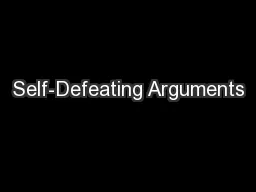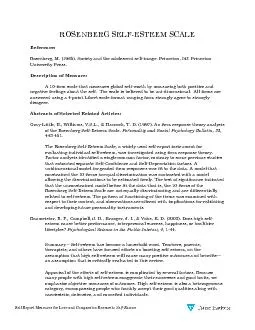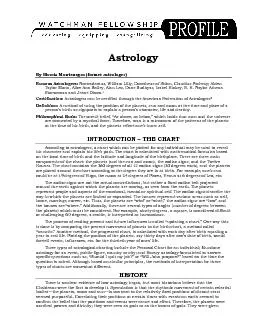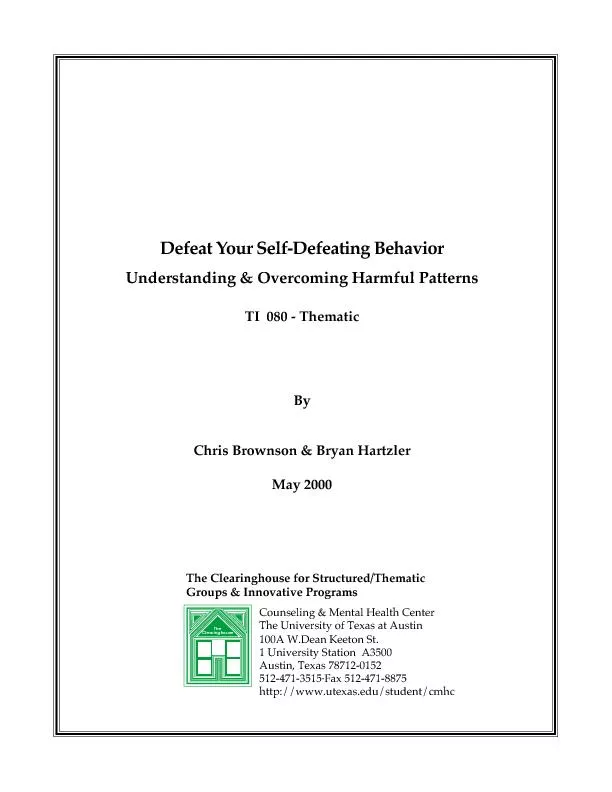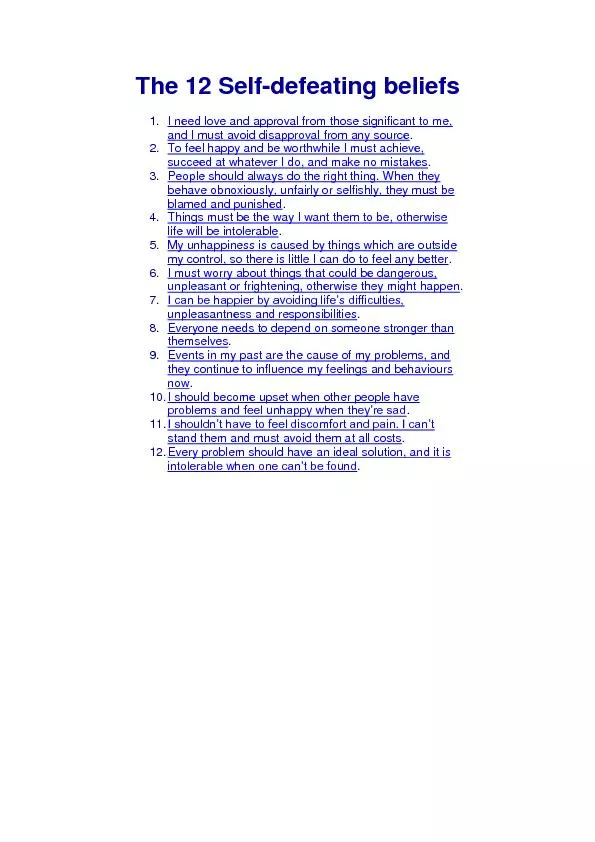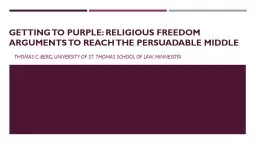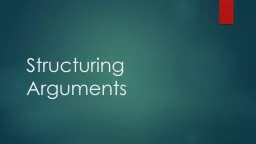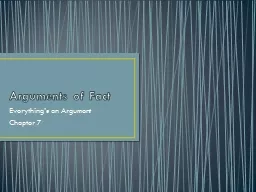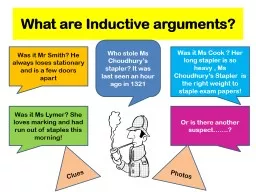PDF-Self-Defeating Arguments
Author : calandra-battersby | Published Date : 2016-05-26
JOHN L POLLOCK Department of Philosophy University of Arizona Tucson AZ 85721 US A email pollock ccit arizona edu Abstract An argument is selfdefeating when it
Presentation Embed Code
Download Presentation
Download Presentation The PPT/PDF document "Self-Defeating Arguments" is the property of its rightful owner. Permission is granted to download and print the materials on this website for personal, non-commercial use only, and to display it on your personal computer provided you do not modify the materials and that you retain all copyright notices contained in the materials. By downloading content from our website, you accept the terms of this agreement.
Self-Defeating Arguments: Transcript
Download Rules Of Document
"Self-Defeating Arguments"The content belongs to its owner. You may download and print it for personal use, without modification, and keep all copyright notices. By downloading, you agree to these terms.
Related Documents

